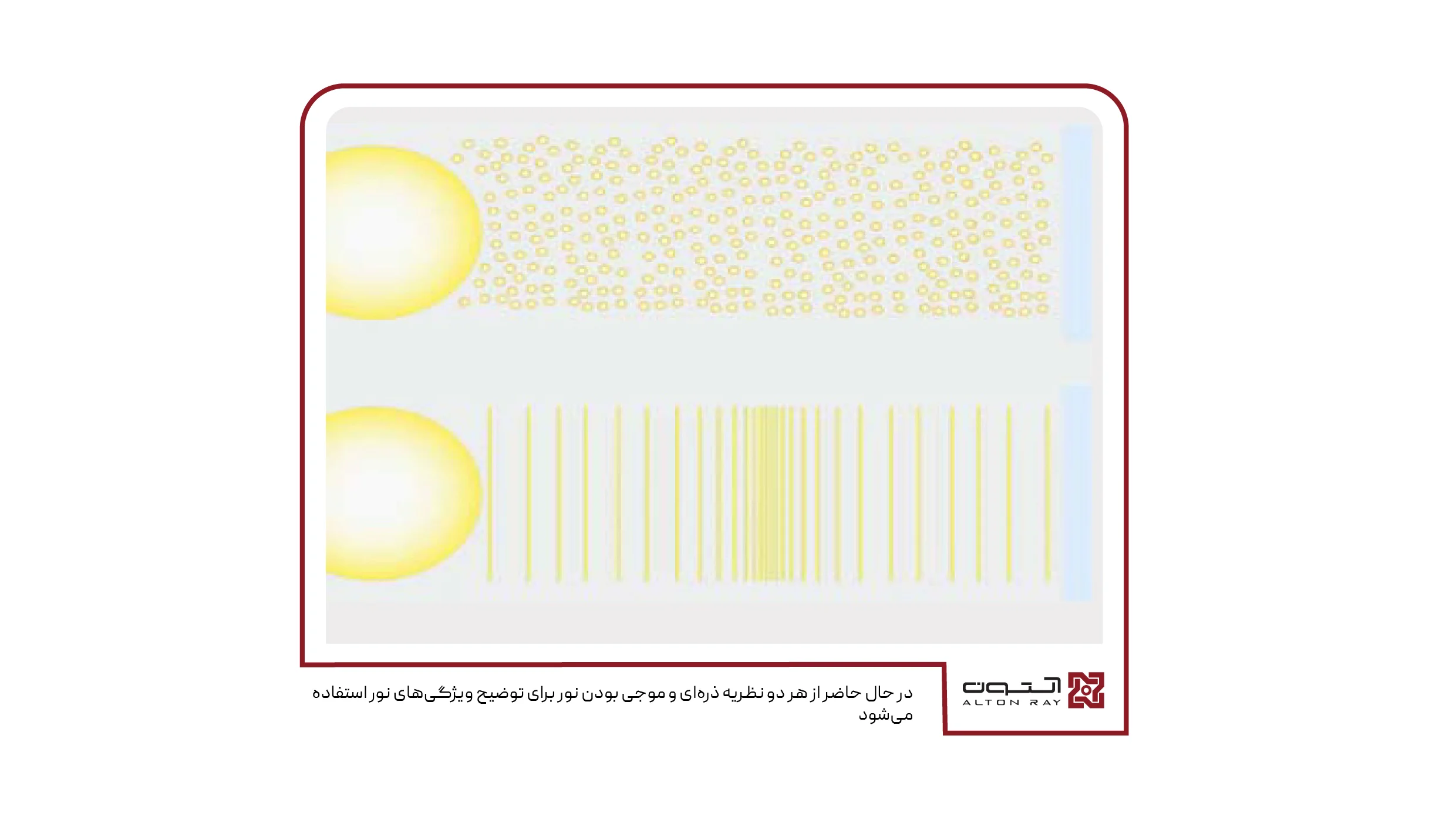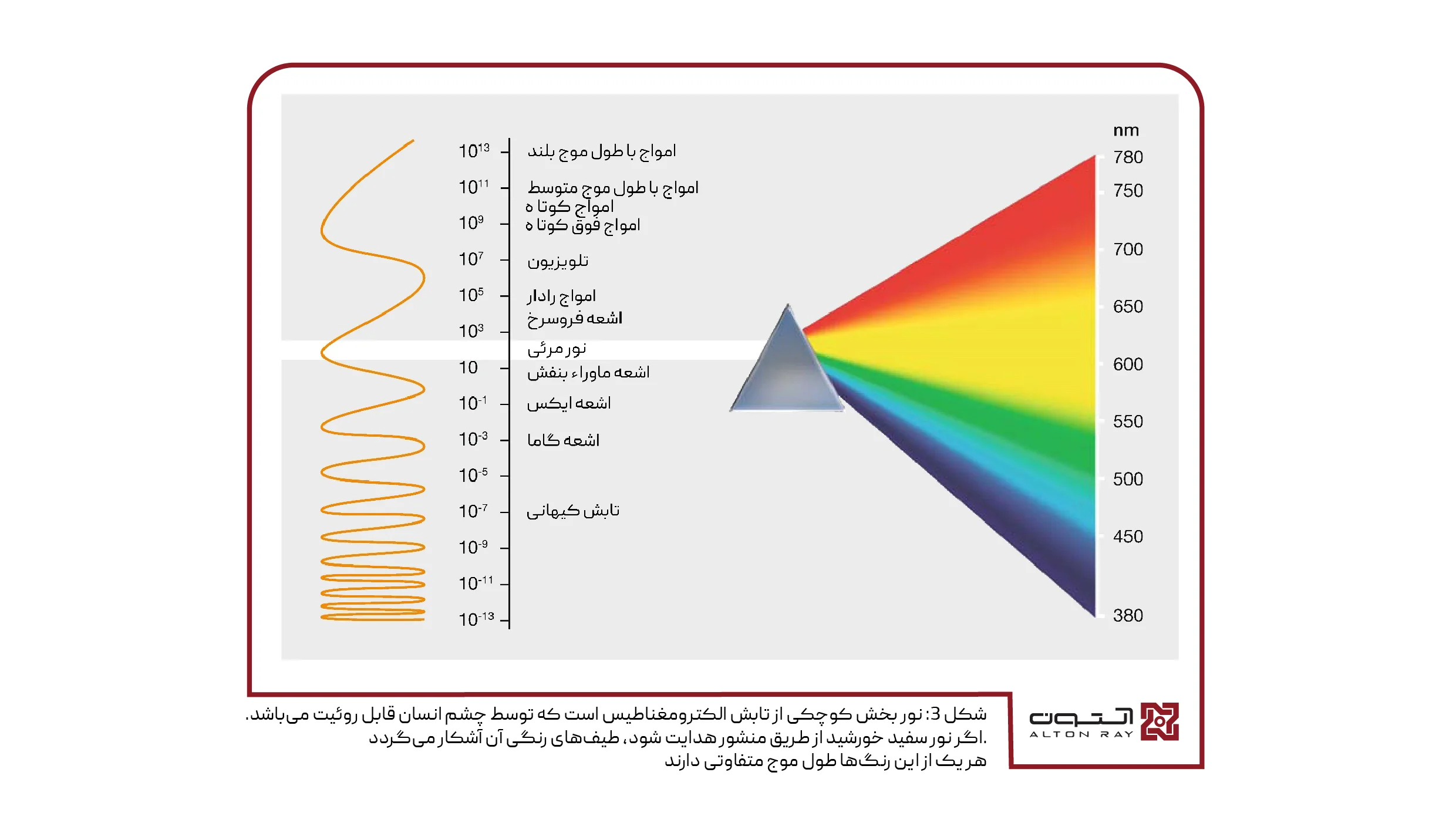Microscopic Particles with Maximum Impact !Light is among the most remarkable phenomena
in the natural world. From the era of the ancient Greeks to the groundbreaking work of
renowned scientists such as Isaac Newton and Albert Einstein, it has consistently been a
subject of profound interest and inquiry.Throughout history, humans have been fascinated by
the nature of light and have sought to unravel its underlying principles. In ancient Greece,
Aristotle proposed that light propagated in a manner similar to water waves. In contrast,
Pythagoras (circa 570–480 BCE) theorized that “visual rays” were emitted from the human eye
and reflected off objects. However, this hypothesis falls short under scrutiny—for if it were
accurate, human vision would persist even in complete darkness.
Light: Faster Than You Think
Today, physics students are taught to consider light as both a wave and a particle. Moreover, light travels at an astonishing speed you flip a switch, and the light turns on almost instantly.In 1675, the Danish scientist Ole Rømer, by observing the motion of Jupiter’s moons (previously discovered by Galileo), estimated the speed of light to be approximately 2.3 × 10⁸ meters per second. Later, in 1850, Léon Foucault refined this measurement, bringing it closer to 2.98 × 10⁸ meters per second.Today, we know that light travels in a vacuum at nearly 300,000 kilometers per second. Based on this, sunlight reflected from the Moon takes about 1.3 seconds to reach Earth, whereas direct sunlight takes approximately 8.3 seconds to arrive.
Light، Wave or Particle?
The propagation of light can be described using the concept of a light ray. When light from a point source passes through a narrow slit, it undergoes the phenomenon of diffraction, forming a barcode-like pattern on a screen placed behind the slit.
In the 17th century, Christiaan Huygens proposed a theory suggesting that light behaves like water waves in motion. Around the same time, Isaac Newton introduced a contrasting theory, stating that light consists of extremely small particles or tiny rings that travel in straight lines.
For a long time, there was disagreement among scientists regarding the validity of the wave and particle theories of light. In the 19th century, James Clerk Maxwell proposed that light is an electromagnetic wave, in which electric and magnetic fields vary with time and space. This groundbreaking theory laid the foundation for the transmission of electricity across the globe.
Eventually, Einstein’s theory of relativity succeeded in unifying the wave and particle views. According to this theory, light is emitted in the form of waves resulting from tiny quantum explosions. In other words, light is a part of the electromagnetic radiation that originates from oscillations of quantized energy—the smallest possible amount of energy.
Max Planck explained quantum theory using the following equation:
E = h·ν
In this equation, E represents the energy of a quantum of radiation, ν (nu) is the frequency, and h is Planck’s constant.
Visible Light
The human eye can perceive only a small portion of the electromagnetic spectrum. This range, known as visible light, covers wavelengths from approximately 380 to 780 nanometers (where 1 nanometer = 10⁻⁹ meters).However, electromagnetic radiation is not limited to visible light; it also includes other forms such as X-rays, ultraviolet, infrared microwaves, and radio waves.
Colors of the Visible Spectrum
Isaac Newton discovered that sunlight contains a variety of colors. When a narrow beam of light passes through a glass prism and the emerging rays fall onto a white surface, a spectrum of colors appears.A similar phenomenon can be observed in a rainbow, where light is dispersed by water droplets in the atmosphere, producing a range of visible colors.
Each color corresponds to a specific wavelength.The visible spectrum ranges from shorter wavelengths (blue light, below 450 nanometers) to longer wavelengths (red light, above 600 nanometers). The combination of all these colors results in the formation of white light.
Natural colors are relative, as we only perceive the colors that are reflected under specific lighting conditions.Accurate color recognition is only possible when all the wavelengths that make up that color are present in the light sourcesuch as sunlight, halogen lamps, or high color rendering index (CRI) LEDs.(For more details, refer to the article titled “Color Rendering Power”)
Infrared (IR) and Ultraviolet (UV) Radiation
On either side of the visible light spectrum lie two other regions of the electromagnetic spectrum: Infrared (IR) and Ultraviolet (UV).Infrared radiation spans wavelengths from approximately 780 nanometers to 1 millimeter.It remains unabsorbed—and thus not converted into heat—until it strikes an object.Without IR radiation from the Sun, Earth would be a frozen planet.Moreover, infrared plays a vital role in renewable energy technologies such as solar cells.
Although ultraviolet radiation is essential for life in moderate amounts, overexposure can be harmful.UV radiation is classified into three types based on their biological effects:
UV-A (380–315 nm): Causes skin tanning.
UV-B (315–280 nm): Responsible for sunburn and skin inflammation.
UV-C (280–100 nm): Damages living cells and is used in germicidal lamps.
While UV radiation—especially UV-B—plays a positive role in vitamin D synthesis, excessive exposure poses health risks.
Fortunately, Earth’s atmosphere shields us from intense cosmic radiation and reduces the levels of visible light, infrared (IR)
and ultraviolet (UV) radiation to a range that makes life on Earth possible.










































